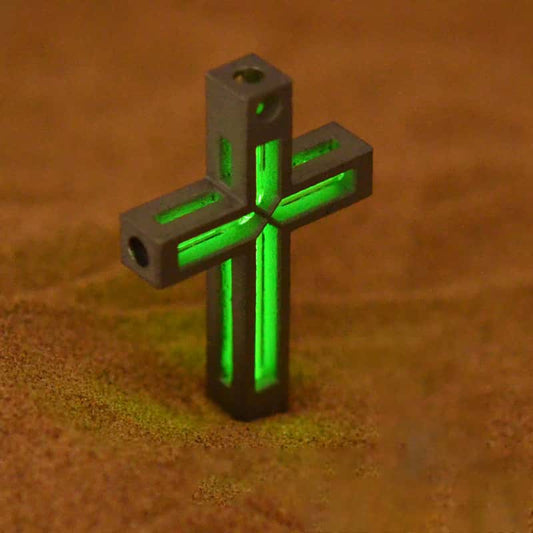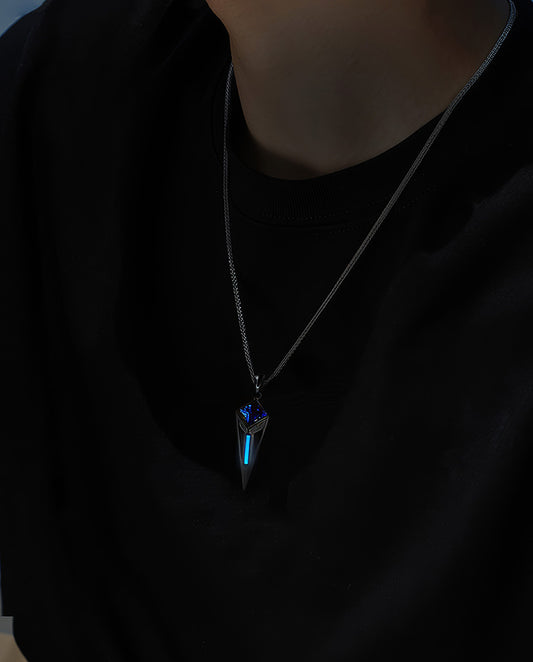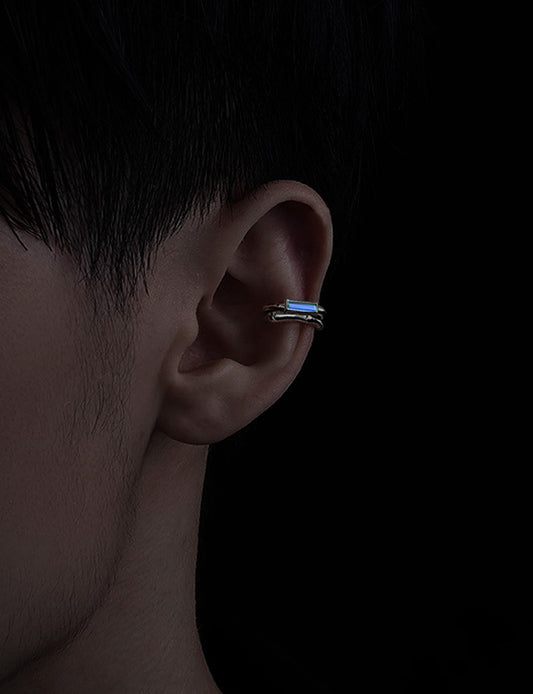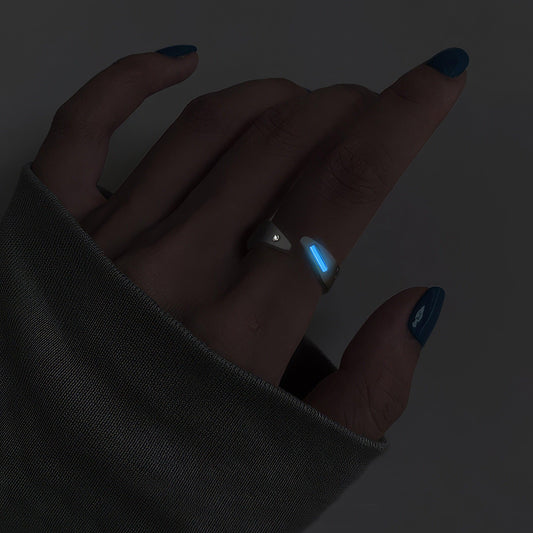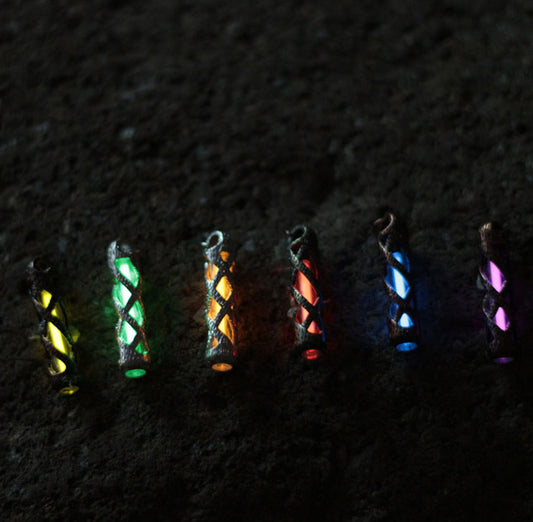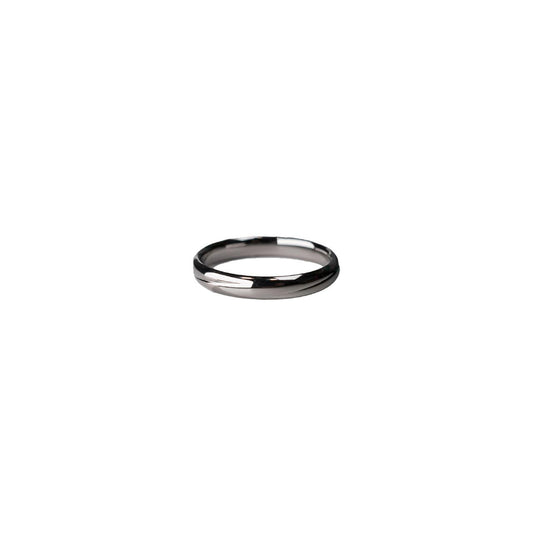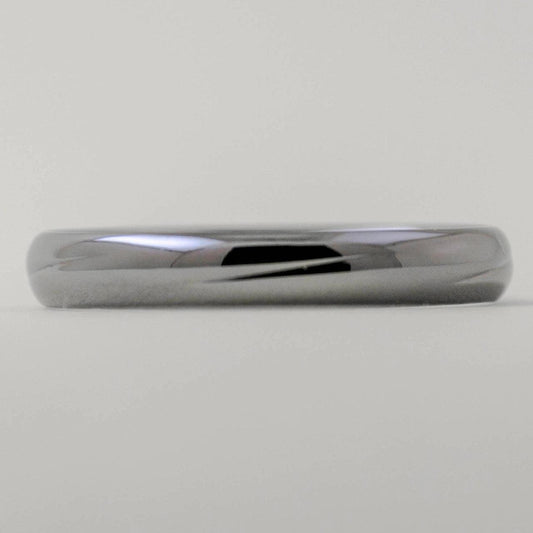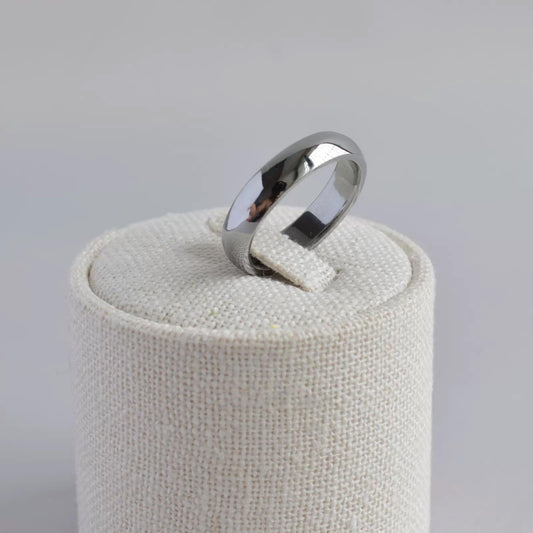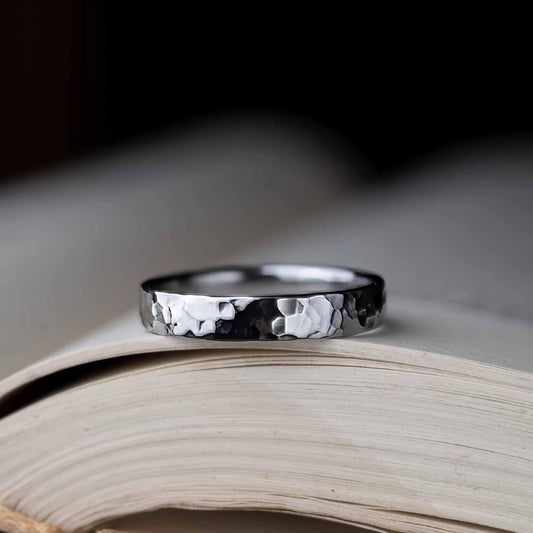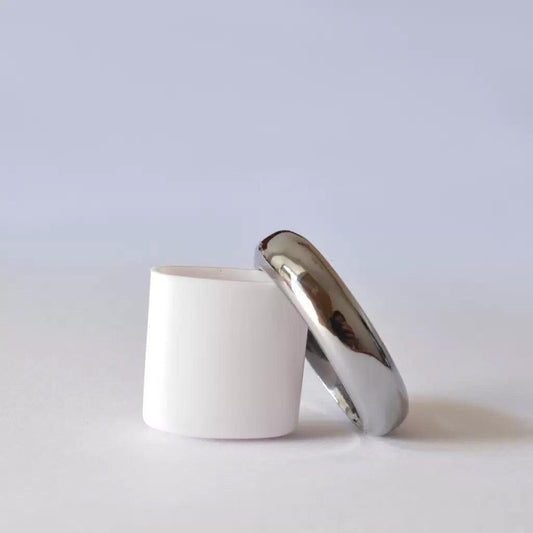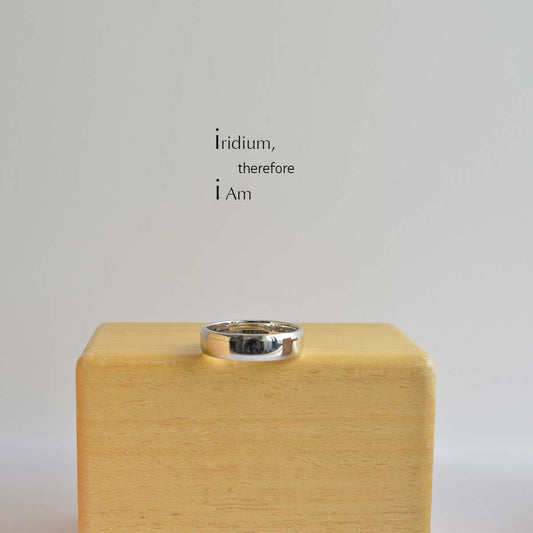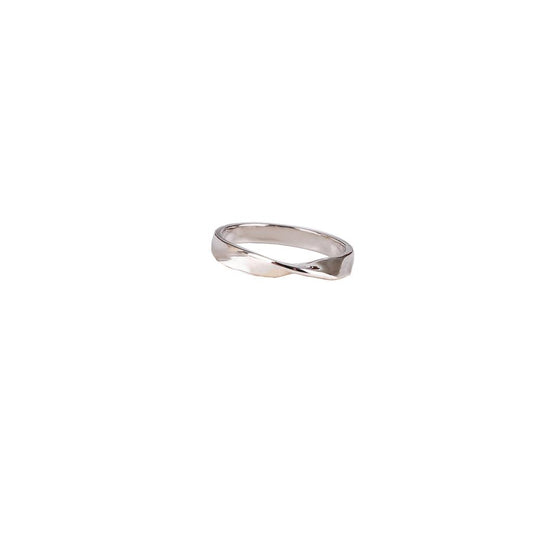The Many Meanings of a Ring
The Many Meanings of a Ring
It all began with a simple band of gold on my grandmother’s hand. As a child, I used to twirl it around my own tiny finger, not fully grasping its significance. "That's where it starts," she said, with a smile as warm as the autumn sun. It wasn't until years later that I realized just how deeply a ring could symbolize love, family, and history—sometimes all at once.
For many people, rings are a profound statement of commitment. Wedding bands, for example, are perhaps the most universal symbol of a promise. Made often from precious metals like gold or platinum, the circular shape represents eternity—an unending loop, much like the vows exchanged at the altar. My grandmother’s ring was passed down to her when she got engaged, and it was a silent promise that I would inherit it someday too, imbuing a sense of continuity and shared identity across generations.
Beyond the bond of marriage, rings often find themselves at the center of personal milestones. A friend of mine, Tom, bought himself a silver ring after landing his dream job. It wasn't extravagant, just a simple piece with a brushed finish. For him, it symbolized personal achievement—a reminder of his hard work and dedication. Now, every time he looks at it, it provides a moment of reflection, anchoring his triumphs amidst the rush of daily life.
Culturally, rings can carry meanings as varied as their designs. In ancient Roman times, iron rings were given as a sign of binding agreement. Meanwhile, in contemporary fashion, rings have become a canvas for self-expression. Whether it’s a signet ring that carries a family crest or a trendy stack of midi rings, they allow individuals to showcase bits of their personality. I, for instance, have a penchant for rings that bear stones of deep azure, a nod to my love for the ocean and its vast, mysterious depths.
Rings can also play a role in the metaphysical realm. Some believe that certain stones set within rings can channel positive energy. Take jade, for example, often associated with luck and grace. Wearing it on a ring is thought by some to foster calmness and attract abundance. While I can't attest to any mystical transformations personally, I do have a jade ring that I bought in a little shop in Chinatown. It reminds me of the vibrant streets and the kaleidoscope of sights, sounds, and scents that greeted me on my last trip.
In the face of their symbolic roles, the physical construction of rings can be a tale in itself. The craftsmanship that goes into making a ring, especially one with intricate details or unique materials, makes it a tiny piece of wearable art. Artisan jewelers often pour their heart into designing and creating each piece, infusing them with stories that are worth more than the sum of their parts.
But maybe, just maybe, the true magic of a ring lies in its ability to adapt and embrace new meanings based on the wearer. The one constant in all their forms is the story they carry, whispering tales of devotion, triumph, identity, and heritage. Just as my grandmother’s ring is a tapestry of family history, a ring can become whatever we, its wearers, decide it should be.
And as I shift my own rings around my fingers, I find a certain comfort in the way they settle into place, standing guard over their secrets and future stories yet to unfold.
